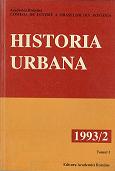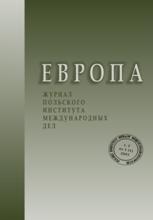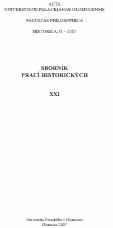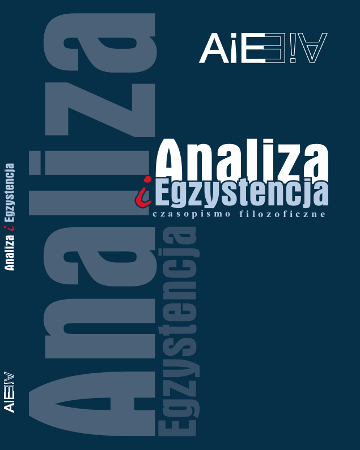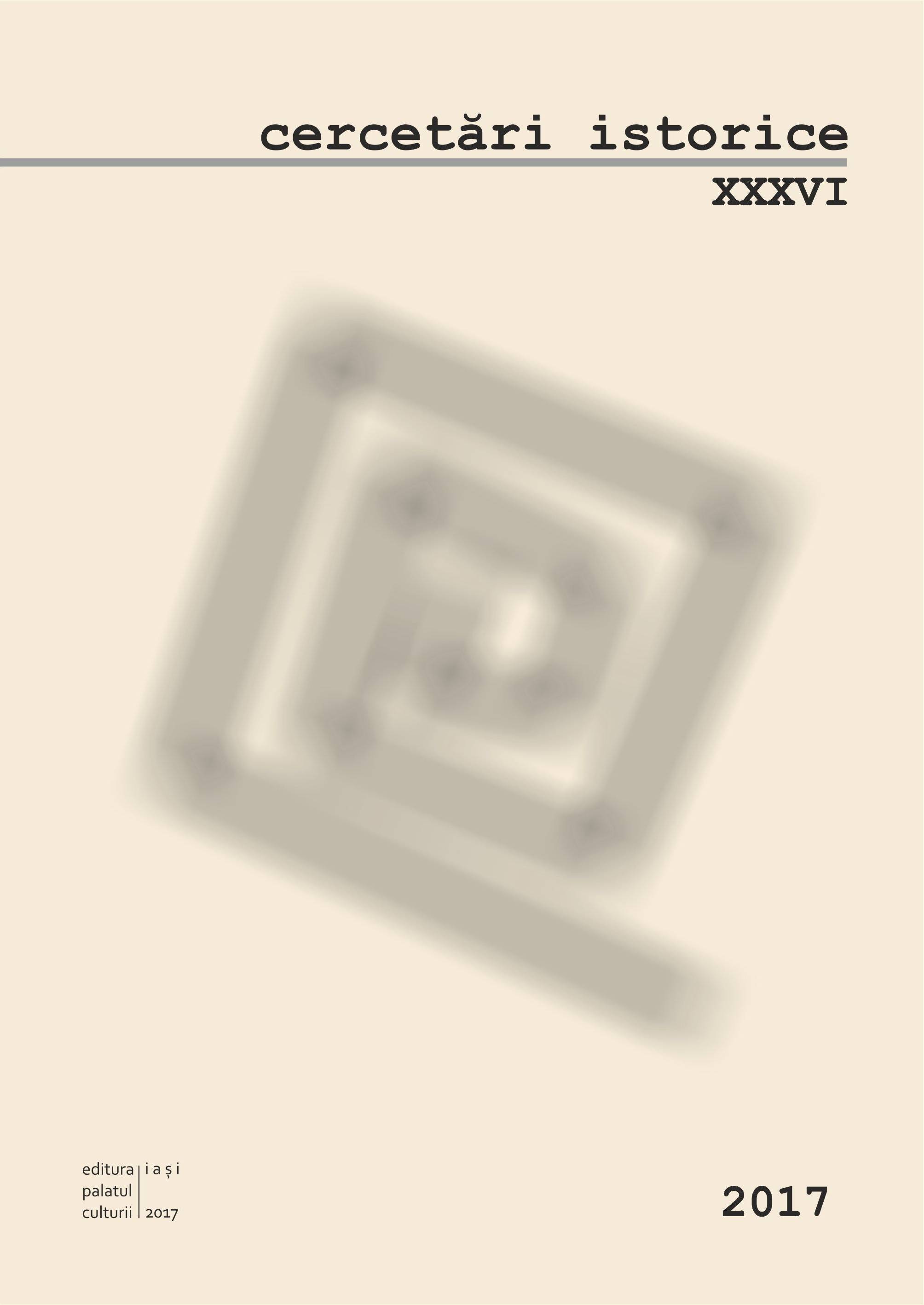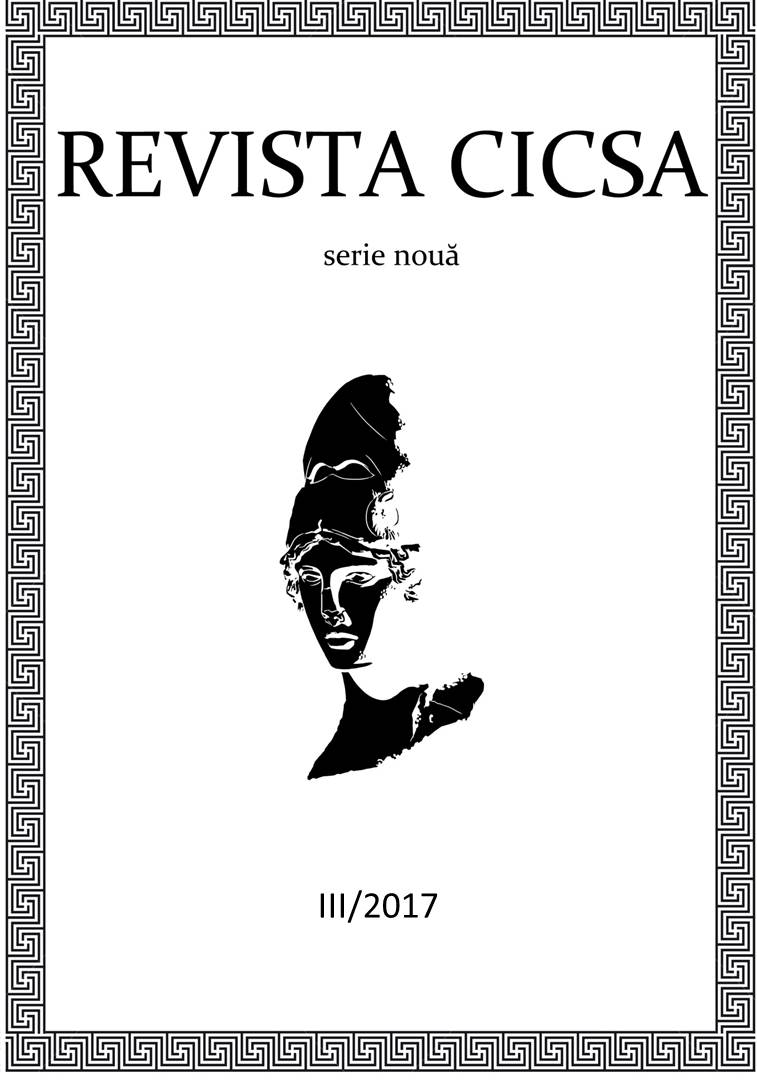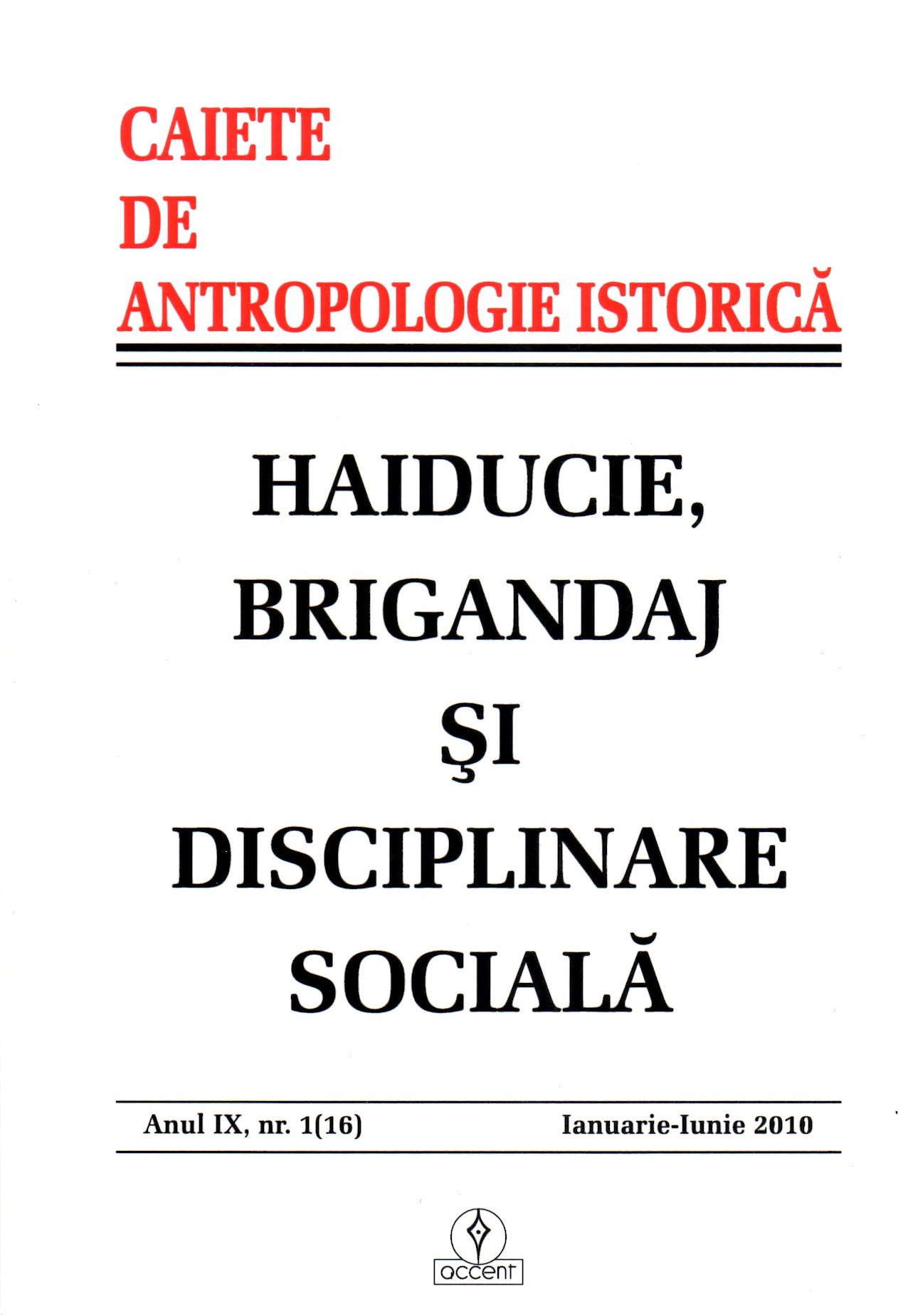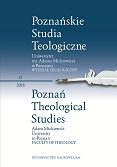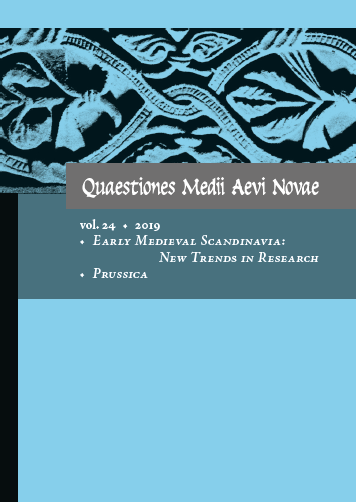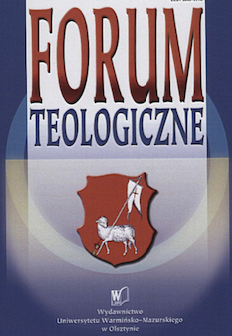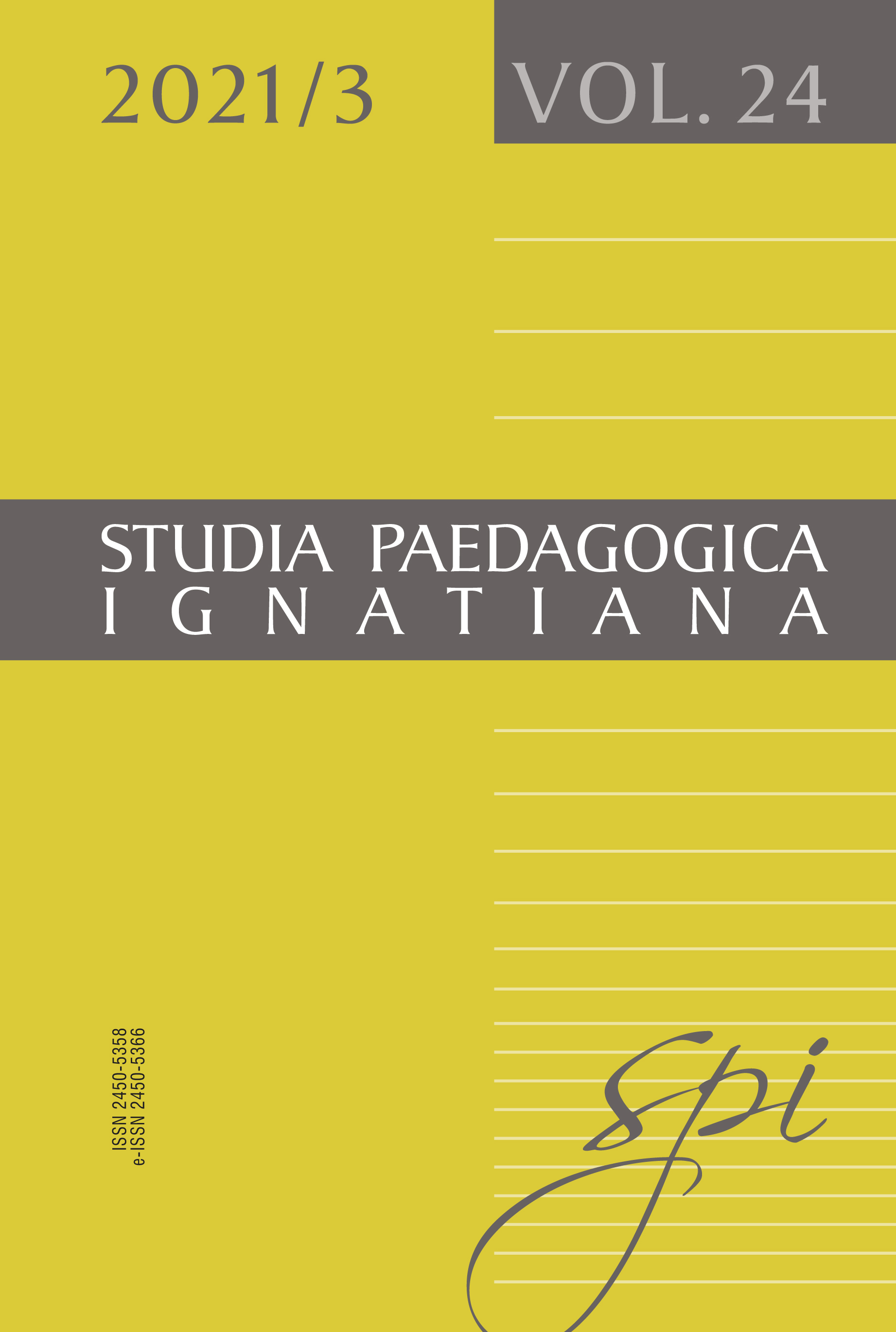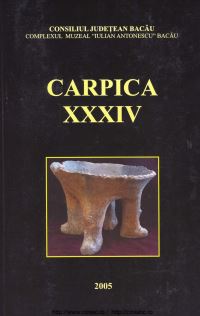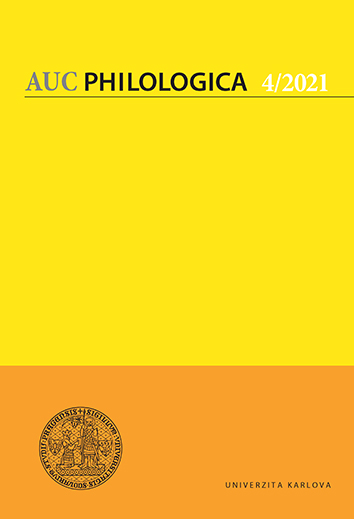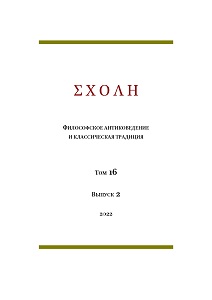
Les fouilles archéologiques dans l’établissement Gumelnitza A1 de Însurăţei - ”Popina II” (2002 – 2005)
Cercetările arheologice din aşezarea Gumelniţa A1 de la Însurăţei - ”Popina II” (2002 – 2005)
Keywords: le site archéologique de Insurăţei – « Popina II »; l’établissement Gumelnitza A1; matériels céramiques Precucuteni II dans des complexes archéologiques Gumelnitza A1; synchronisme culturel-chronologique Gumelnitza A1 = Precucuteni II-III.
« Popina I » et « Popina II » de Insurăţei qui représentent un seul site archéologique, sont situées à quelque sept km nord-ouest de la ville, dans le pré inondable de Călmăţui (Fig. 1-2). Dans les campagnes de 2002 – 2006, nous avons fouillé, sur « Popina II » deux habitations (Fig. 2-6), où nous avons trouvé plusieurs outils (Fig. 7), objets de parure (Fig. 13) et fragments de poterie (Fig. 8-12) qui se datent dans la phase Gumelnitza A1. Nous avons découvert, dans ces complexes archéologiques, à part les fragments de céramique peinte et polie, du type Gumelnitza A1 (Fig. 8/3-4 ; 9/1, 5 ; 10/1, 3-5 ; 11/2-3 ; 12/1-3), des fragments céramiques Precucuteni II décorés de motifs incisés et excisés (8/1 ; 9/2-4 ; 11/1, 4-9 ; 12/4, 7-8, 10) et des fragments de vases excisés du type Boian-Spanţov – Poljanica (Fig. 8/5-6 ; 10/6, 9). Cette réalité nous fait affirmer que l’établissement Gumelnitza A1 sur Popina II est l’un des plus anciens établissements Gumelnitza de la Plaine Roumaine. La présence des objets de prestige, tels un pendentif en coquille spondylus et un autre en cuivre (les deux ont une origine sud-danubienne certaine) est un indice que l’établissement Gumelnitza de Insurăţei – « Popina II » faisait partie d’un réseau d’échanges commerciaux sur de grandes distances.
More...
